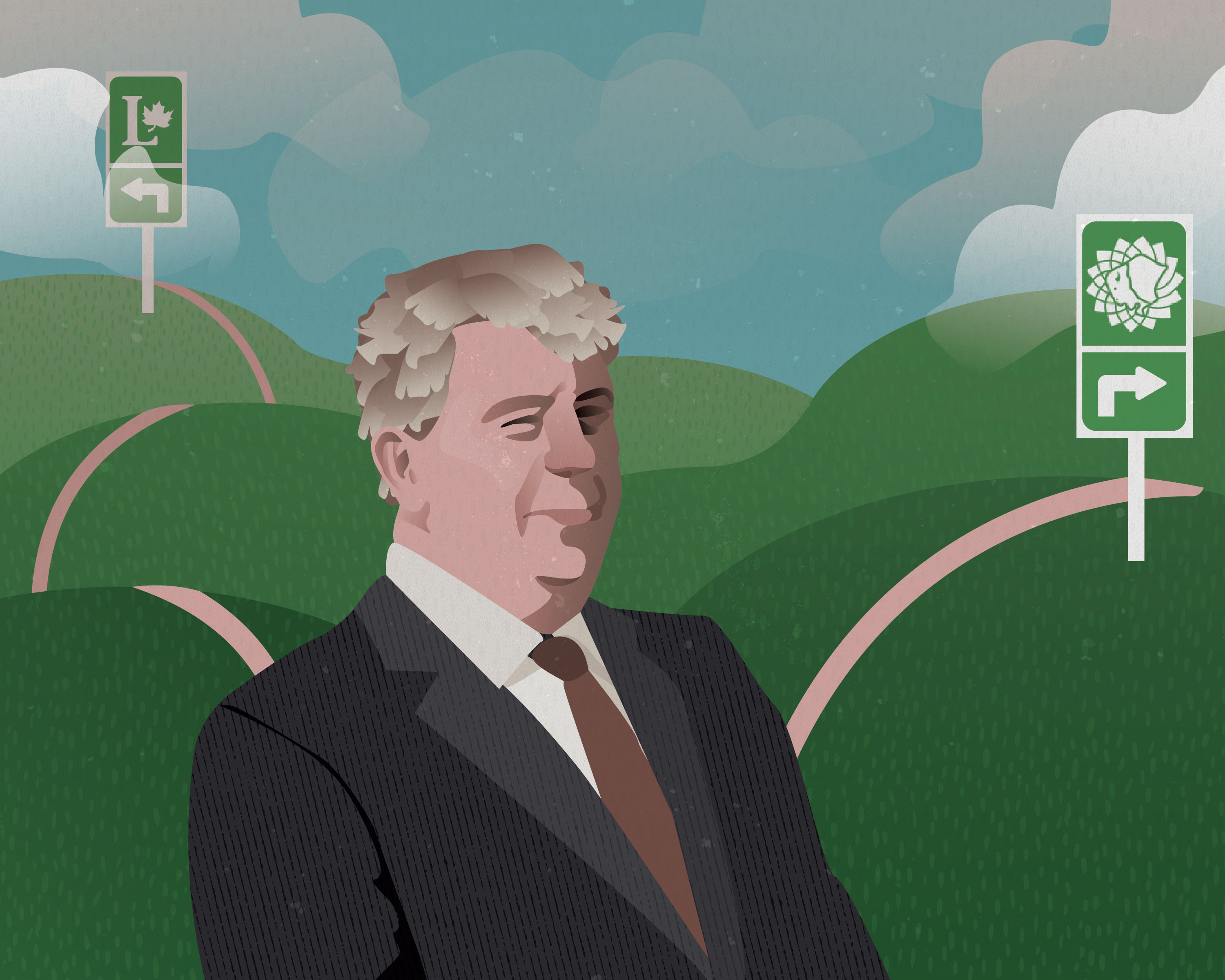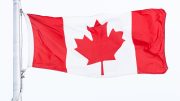Former Winnipeg mayor, Ontario cabinet minister and municipal issues advocate Glen Murray is running for leadership of the Green Party of Canada.
Murray’s vision for the party is passionate but his record in government is mixed.
On April 29, Murray announced he was running for leadership of the Green party. The centrepiece of his campaign is promoting a “green recovery” as Canada returns to economic activity following the shutdowns induced by COVID-19. This includes investments in electric vehicles and enhanced rail as well as retrofits for buildings.
The former mayor describes his vision as “big, bold and practical” with plans for “technologically savvy cities, towns and villages.”
Murray’s vision is similar to former Green leader Elizabeth May’s. Large investments and targets to make buildings and transportation less carbon-intensive were key parts of the party’s 2019 election campaign.
Given Murray’s history advocating for a new relationship between federal and municipal governments, it is probable that Murray will look to emphasize municipal issues. And in fact, this could be helpful for the party. Municipalities deliver many crucial services but find it harder to collect taxes to pay for services than other levels of government.
It has worked before.
Former New Democratic Party leader Jack Layton successfully carved out a space in federal politics advocating for municipalities for many years.
Murray’s first dive into federal politics came in 2004, when he unsuccessfully ran for the Liberal party in Charleswood. He hoped to work on a federal urban strategy if elected to parliament.
In fact, the former mayor long championed diversifying sources of revenue. However, Murray’s attempt to get new money streams for the city as mayor shows why his record is mixed.
In 1998 — Murray’s first year as mayor of Winnipeg — he championed a property tax freeze, that was drafted the year before, hoping this would pressure the province and federal government to share tax dollars with the city.
Murray later proposed a detailed “new deal” for Winnipeg in the fall of 2003, which he hoped would supplement the lost revenue from the tax freeze.
Signature tax increases would have included a new municipal sales tax, a new fuel tax, garbage collection taxes, a new liquor tax, charges for contacting 911, taxes on hotels, increasing water fees and increasing rates for natural gas and electricity.
This complicated proposal was rejected by residents, so Murray walked it back.
He followed up with a simpler plan, where the city could collect additional revenue from federal and provincial gas taxes.
With this plan, Murray hoped Winnipeg could use some of these new funds to slash property taxes up to 8 per cent.
However, only a very limited form of a tax shift did happen. In 2005, Paul Martin — the prime minister at the time — started transferring money from federal gas taxes to municipalities, but Murray was out of the mayor’s office by then.
Despite this small win for the city’s books, the prolonged property tax freeze took a hefty toll.
The freeze proved very popular and continued well after Murray left the mayor’s chair. But, the forgone money was squeezing the city into a tight budget, and in 2012, after 14 years, property taxes finally rose again in Winnipeg.
The fact that Murray’s vision for Winnipeg was for more reliable revenue, considering his legacy of being one of austerity and strained services, is ironic.
Glen Murray has had a long and active record in urban affairs. He would be a high-profile voice for cities as the Green party leader and he has the potential to implement “big, bold and practical” plans while in office, but his inconsistent track record should not be ignored.





